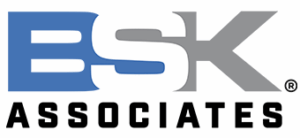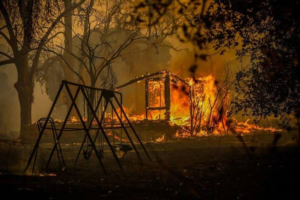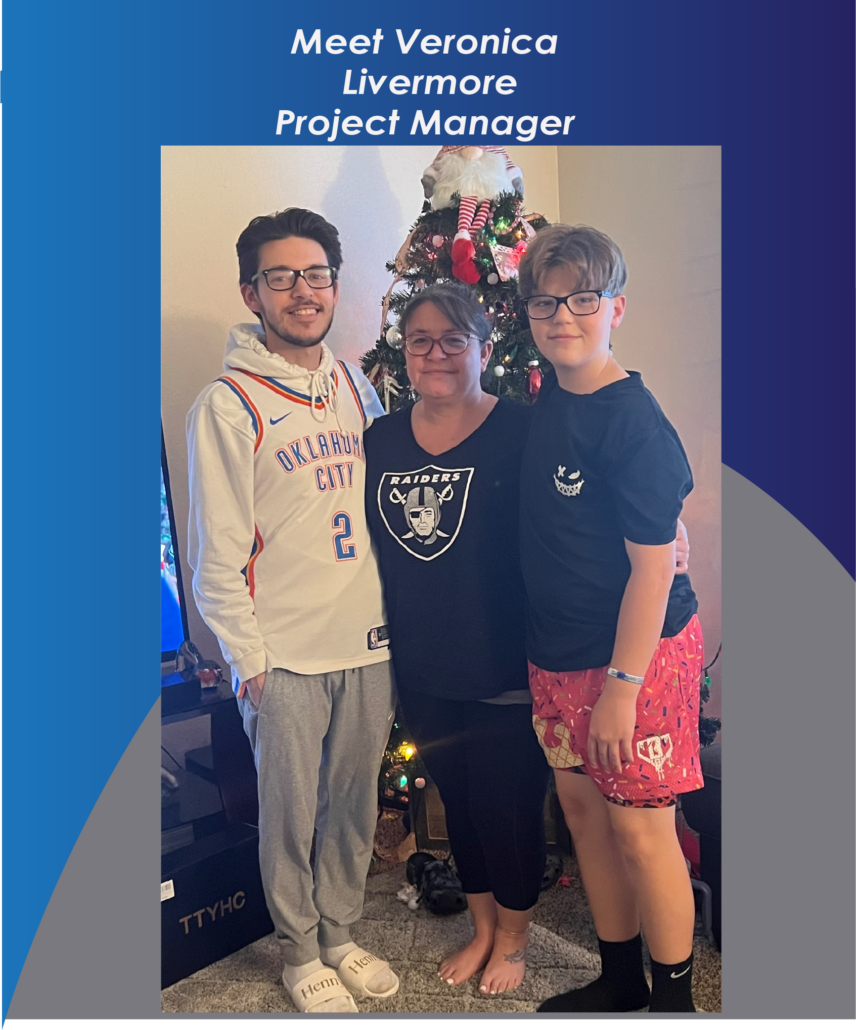The Reality Check of a Project Timeline: Why Does Everything Take Longer Than You Think?
If you’re beyond “rookie” status in the geoprofessions, you’ve probably experienced that unsettling feeling when a simple two-week project stretches into its second month. Sound familiar? Well, welcome to the club. We meet for coffee every morning at 6:00 AM and for drinks at 6:00 PM, as those are the only times we’re not fielding calls about delayed deliverables.
There’s a sad reality in our disciplines: everything takes longer than expected. Always. In baseball, it would be like trying to deliver a perfect strike while the pitch clock is ticking down, but the mound keeps shifting under your feet and the umpire keeps changing the strike zone throughout your delivery. But here’s the thing: once you accept this universal truth, you can plan for it and look like a seasoned professional instead of recurrently apologizing for flying past your promised due date or blowing your budget.
The Basis of Geoprofessional Optimism
Let’s start with a moment of brutal honesty: we all could be better at estimating timelines. I even know of one coworker who calls estimating a W.A.G., which is a reference to a wild guess, with a special middle word that you can determine on your own. That might be a bit extreme, but the point emphasizes the uncertainty we all face with estimates. This isn’t because we’re bad at our jobs, but because we’re human beings dealing with the realities of a world that specializes in surprises and doesn’t really care about our project schedules.
When we say, “this should take about two weeks,” what we really mean is “if everything goes perfectly, we encounter zero surprises, all of our equipment works flawlessly, the weather cooperates, the lab doesn’t have a backlog, any regulatory gods involved smile upon us, or the contractor we’re inspecting keeps a schedule we anticipated, we might finish in two weeks.” But we don’t say all that because clients tend to get nervous when you mention geoprofessional gods.
The Underground Conspiracy Theory
Subsurface explorations seem to have a sense of humor, and unfortunately, it’s not the same as ours. That routine geotechnical exploration that you notified underground service alert about? Surprise! There’s a pressurized sewage line buried exactly where you planned to drill. That straightforward Phase II ESA? Nope! The contamination plume decided to take a scenic route that defies all hydrogeological logic. The bedrock that should be at 10 feet suddenly appears at 3 feet, or you suddenly have five feet of undocumented fill. It’s almost as if the earth knows when you’ve promised a client a quick turnaround and responds by throwing every possible curveball your way.
The Construction Site Slot Machine
Does anyone have the secret to predicting the timeline of the actual construction process? Contractors are building amazing things, but their schedules exist in a dimension where “we’ll be ready for testing tomorrow” can mean anything from 6 AM sharp to sometime next Thursday when the planets align.
Many of you CoMET personnel have likely experienced your staff arriving at the crack of dawn with your testing equipment, ready to sample concrete or conduct a soil compaction test, only to find that the crew is still waiting for materials that won’t arrive for a few hours, or perhaps even tomorrow. Meanwhile, you’ve faced challenges with your client in obtaining a change order for a job that was filled with delays beyond your control, despite the expectation that the budget was “not to exceed”.
The real kicker? Just when you reschedule and mobilize your team for the new “confirmed” time of 10:00 AM tomorrow, you get the call that they’ve moved up the schedule and need you there in two hours because the concrete crew can only make it today. It’s like playing a slot machine where the symbols are schedule changes and delays, contractor means and methods, and surprise change orders, and the jackpot would be completing your testing scope on the originally planned day.
The Regulatory Roulette Wheel
Then there’s our favorite wild card: regulatory agencies. We know they are doing important work, but their review timelines can sometimes exist in a parallel universe where two weeks can easily turn into two months.
You submit a perfectly prepared report one day, expecting feedback in a standard timeframe, and suddenly it’s three weeks later and you’re still waiting. Meanwhile, you have to be accountable to a client that is asking for daily updates as if you have a direct line to the regulator’s desk (spoiler alert: you don’t, and even if you did, they’re probably reviewing someone else’s report from a month before you submitted yours).
The Art of Strategic Padding
Here’s where we get into the real strategy, which is building some realistic buffers into your timelines without looking like you are just making numbers up. Remember, this isn’t about being pessimistic about the project. It’s about being professionally prepared for reality.
There are several approaches, and they might differ depending on your specific discipline or even type of project. But you need to think about what might need to be considered for the project. One approach is to start with your best-case scenario estimate, then add a small buffer (maybe 10% to 20% additional time, depending on project variables). For drilling projects or projects that you don’t have direct control over, you might factor in some contingency for equipment delays, unexpected weather considerations, and the inevitable “we need to go deeper” or “we didn’t expect this” moments. For laboratory work, remember that your samples aren’t the only ones they are working on, and holidays or vacations are considerations for labs as much as they are for your field or project team.
Don’t present this as pessimism to clients, or that you are expecting the worst. You can frame it as proactive professional behavior based on your experience and your best effort to account for industry-standard variables, which will help avoid potential cost overruns for you and minimize the need for a budget amendment for them. It’s simply good business! This not only sounds much more professional than “everything always goes wrong,” but is truly a more responsible approach towards accountability to your firm, and as a business partner for your client.
The Case for Proactive Communication
The secret to good project timeline management isn’t perfect scheduling, but rather proactive communication. When you sense a delay coming (and if you haven’t experienced it already, you will learn this sixth sense), get ahead of it. Don’t wait until the day of the deadline to announce that you need another week.
A call that starts with “I wanted to give you a heads up that we’ve encountered an unexpected condition that might affect our timeline” is infinitely better than one that starts with “So, about that report you’re expecting this afternoon…” The first makes you look professional and proactive. The second makes you look like you’ve been hiding behind your desk, hoping the problem will somehow solve itself. Which approach do you think your client is more likely to understand and appreciate?
The Long-Term Reputation Play
Here’s the counterintuitive truth that sometimes takes years to realize: clients remember professionals and firms that deliver consistently more than those that promise aggressively. It is ALWAYS better to underpromise and overdeliver than to constantly have to explain why you’re running behind. A geoprofessional should work to build a reputation of reliability and consistency, even if it means slightly longer initial timelines. The result of this approach will be a reduction in marketing effort through repeat business and referrals.
When you do finish ahead of schedule or under budget (and yes, it does happen occasionally, often when you’ve planned for everything to go wrong and nothing does), your client will see it as a welcome bonus rather than the bare minimum expectation.
Embracing the Unpredictable
The geoprofessional discipline includes project scopes that vary widely and are inherently unpredictable, and that’s actually part of what makes our work interesting. The key is to build processes and establish expectations that work with this reality, rather than against it (or you). Accept that surprises are normal, plan for variability, communicate proactively, and be as prepared as you can to take the changes in stride. After all, if geoprofessional consulting were predictable, it would probably be a lot more boring.
Looking to learn more about BSK Associates Geoprofessional and Analytical Services, check our website and connect with us to see how we can help you. www.bskassociates.com





 Interviewer: Hi Darlene! Can you tell me a little about where you are from. Where is your hometown and where did you go to school?
Interviewer: Hi Darlene! Can you tell me a little about where you are from. Where is your hometown and where did you go to school?